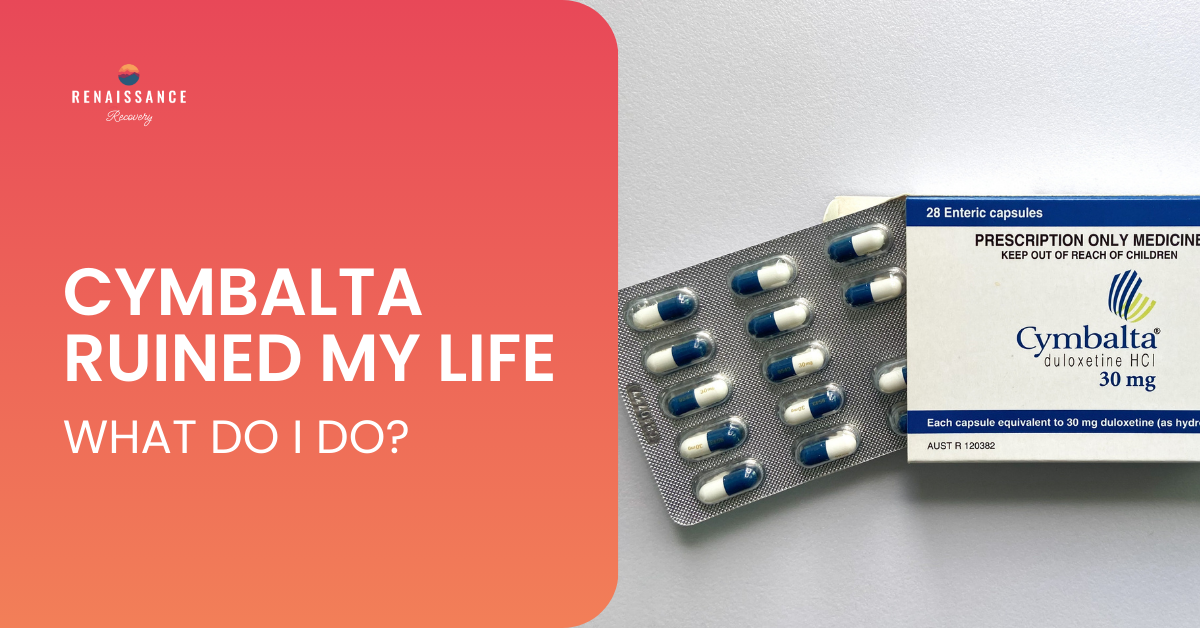Mental Health
Why Cymbalta Ruined My Life – A Cautionary Tale for Patients
Introduction: A Pill Meant to Heal Let’s be real—no one takes a prescription thinking it’ll break them. I certainly didn’t.…
By
Lucas Gray
Editor's Top Picks
How to Use a Feelings Wheel for Self-Awareness
One of the simplest and most effective tools for building that skill is the feelings wheel. This visual guide maps…
By
Sofia
Your one-stop resource for medical news and education.
Your one-stop resource for medical news and education.
More form Mental Health
How to Use a Feelings Wheel for Self-Awareness
One of the simplest and most effective tools for building that skill is the feelings…
By
Sofia
Early Signs of Schizophrenia: Online Tests That Help You Spot Symptoms
Schizophrenia is one of the most misunderstood mental health conditions. Despite the myths that often…
By
Sofia
Understanding the Stages of Grief and Loss: A Step-by-Step Approach
Grief is one of life’s most powerful emotions. It affects how we think, feel, behave,…
By
Sofia
How the Subconscious Mind Creates Anxiety: Hidden Triggers Explained
Sometimes anxiety has an obvious cause like a looming deadline or a stressful event. But…
By
Sofia
10 Early Warning Signs of a Toxic Teenager Every Parent Should Know
Parenting teenagers can feel like stepping onto a roller coaster you never signed up for.…
By
Sofia









